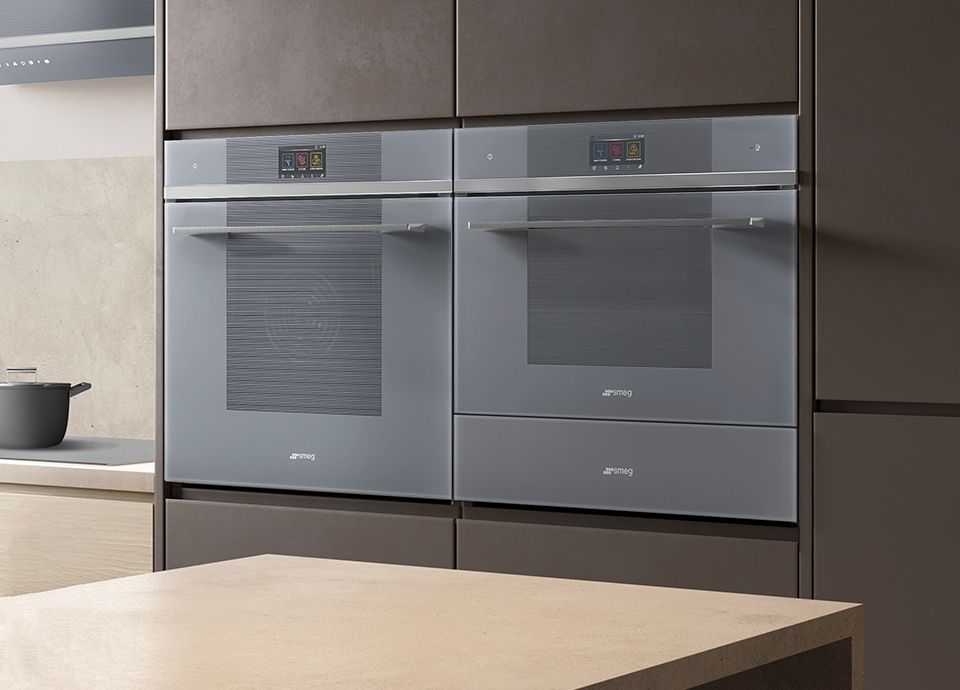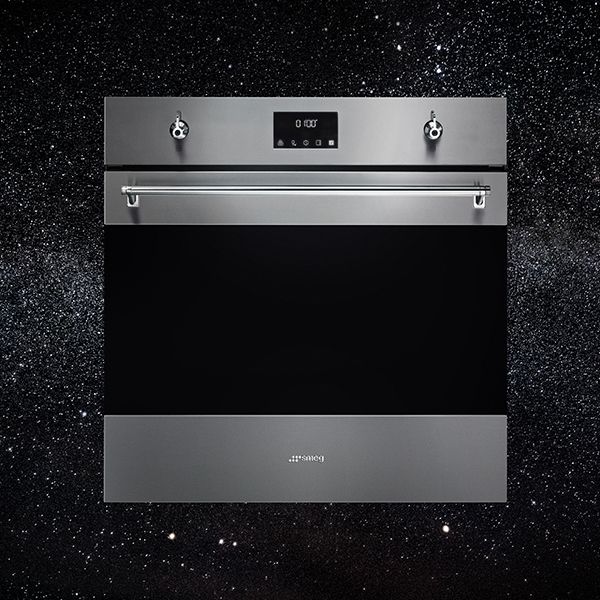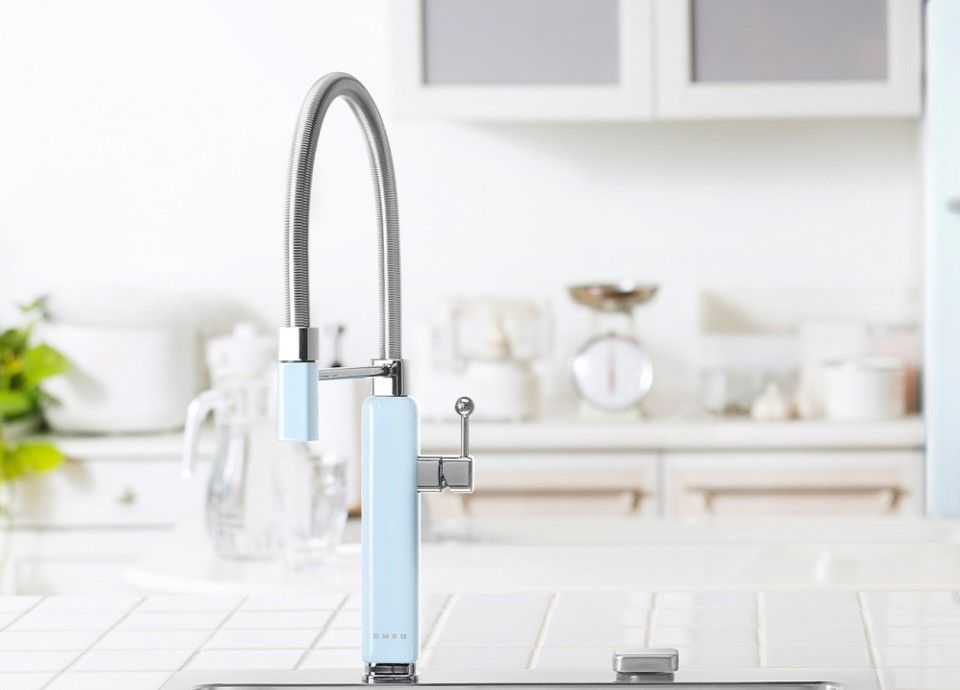Firstly, let’s take a look at how to remove your existing tap:
1. Turn Off the Water Supply
Locate the small isolation valves directly beneath the tap’s hot and cold feeds. Turn each valve clockwise until fully closed. If no isolation valves are fitted, find your home’s mains stopcock (often under the sink, in a utility cupboard or airing cupboard, or where the mains water feed enters your house). Turn it to fully-off.
Top Tip: If you don’t have an isolator, this could be a wise time to add one whilst fitting your new tap. This allows you to shut off the water supply to the tap without having to drain the entire hot water system, saving water and time!
2. Clear the Area Under the Sink
Remove any stored items, such as cleaning products, from under the sink to give yourself room to work. Once empty, lay a thick towel or place a shallow bowl directly under the tap connections to catch any residual drips when you disconnect the pipes.
Top Tip: If your cupboards have quick-release hinges, we’d recommend you remove any doors from the cupboards underneath the sink, so that you can access this area more easily.
3. Drain the System
Open the kitchen tap fully (both hot and cold) to relieve pressure and let any trapped water run out. Leave the tap open throughout the removal to prevent trapped water from spraying once the lines are loosened.
4. Disconnect the Water Supply Lines
Using an adjustable spanner or wrench, disconnect each of the flexible hoses from the fixed pipework. Start with the connectors which you can access most easily, as this will give you more room to work for any which are more stubborn. Turn the nuts anticlockwise to loosen. Support the hose with one hand to avoid putting strain on the valve or pipe.
5. Unscrew the Mounting Nuts
From beneath the sink, use a basin wrench (with its pivoting head) to reach the nut(s) that clamp the tap to the sink. Position the wrench head onto the nut, then turn anticlockwise. You may need to adjust the wrench angle to find the right grip.
6. Lift Out the Old Tap
Once all fixing nuts are removed, gently wiggle the tap body up and away from the sink, carefully pulling through any disconnected flexible hoses which might still be attached just to the tap. If it sticks, check you’ve undone every mounting nut and that any sealant is fully broken free.
7. Clean the Area
Wipe the sink surface around the tap hole with a cloth to remove old sealant, limescale, or general dirt. Avoid scratching the sink finish; a small non-scratch scraper can help remove stubborn sealant or limescale whilst reducing the risk of scratches.






















































































































































